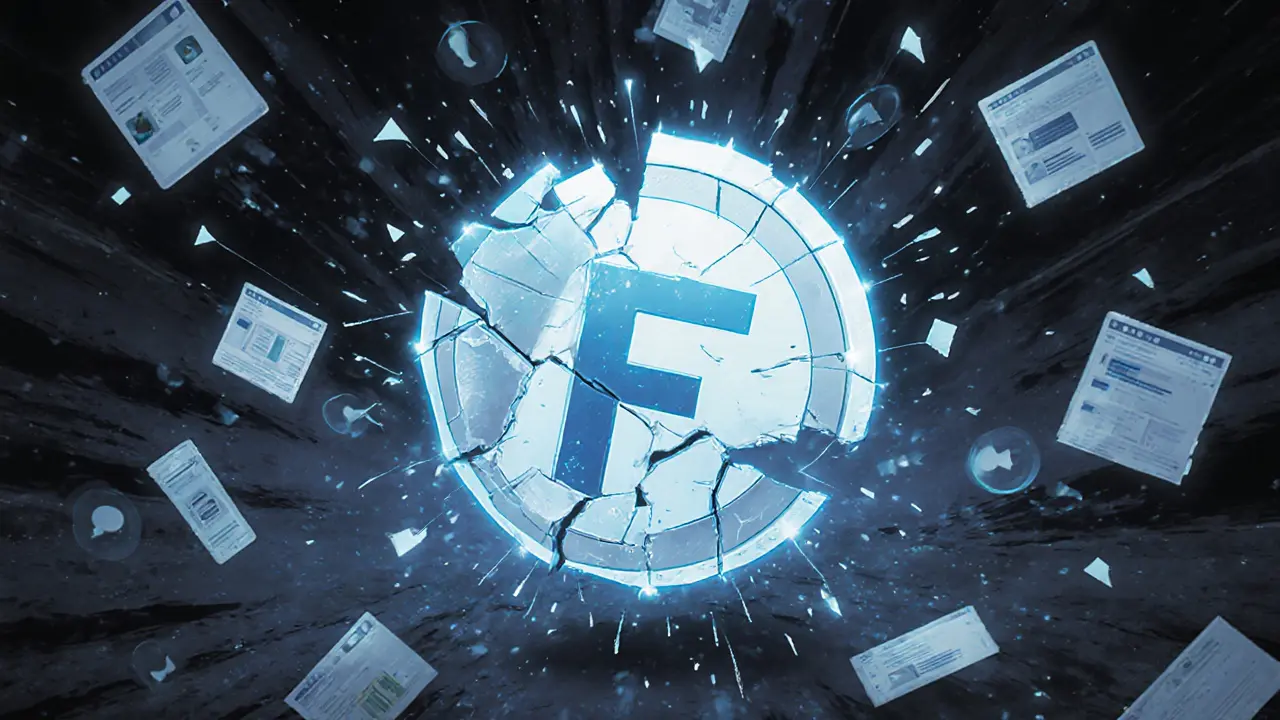TheForce Trade: What It Is, How It Works, and What You Need to Know
When you hear TheForce Trade, a crypto trading platform that claims to offer fast, low-fee access to digital assets. Also known as TheForce Exchange, it positions itself as a hybrid between a decentralized exchange and a centralized trading hub. But here’s the thing—most people don’t know if it’s real, safe, or just another flash in the pan. Unlike big names like Binance or Coinbase, TheForce Trade doesn’t have a long public track record. That’s why users end up confused: Is this a legitimate platform, or just another sketchy project with a cool name?
What makes TheForce Trade stand out—or raise red flags—is how it handles user funds and liquidity. Some reports suggest it uses a mix of on-chain smart contracts and off-chain order matching, which sounds advanced but can be risky if not audited. You’ll find similar setups in platforms like PartySwap, a multi-chain DEX that lets users swap tokens across networks without custody, or StellaSwap, a Moonbeam-based DEX built for cross-chain swaps on Polkadot. But TheForce Trade doesn’t publish the same level of technical transparency. No whitepaper. No public team. No verified smart contract audits. That’s not normal in crypto—especially when you’re asking people to deposit money.
And it’s not just about trust. If you’re thinking of using TheForce Trade, you need to consider the bigger picture. Many users in countries like Bangladesh, where crypto trading faces legal uncertainty and banking bans, or Egypt, where P2P trading is the only way around restrictions, turn to lesser-known platforms because they have no other options. But that’s exactly when scams thrive. TheForce Trade could be legitimate—it might even be growing quietly. Or it could be a front for a rug pull, a pump-and-dump scheme, or a phishing trap disguised as a trading app. Without clear documentation or community consensus, you’re guessing.
That’s why the posts here matter. They don’t just list TheForce Trade as another name in a list. They dig into what’s real and what’s not. You’ll find guides on how to spot fake airdrops tied to similar platforms, how to check if a trading site is actually secure, and what red flags to watch for when a platform avoids public audits. You’ll also see how TheForce Trade fits into the wider world of crypto exchanges—how it compares to tools like WRBTC, a wrapped Bitcoin token used in Ethereum DeFi, or how users navigate restrictions in places like Turkey, where new crypto laws changed everything in 2025. This isn’t hype. It’s context.
If you’re thinking about trying TheForce Trade, don’t jump in because it looks fast or cheap. Look at the posts below. They show you how to verify a platform’s claims, how to protect your seed phrase if you do deposit funds, and how to avoid losing everything to a scam that sounds just like the real thing. You’re not just reading about a trading site—you’re learning how to survive in a space where trust isn’t given, it’s earned. And right now, TheForce Trade hasn’t earned it yet. But maybe you’ll find out why—or why not—before you lose anything.
- October 29, 2025
- Comments 8
- Cryptocurrency

